Retro Replay Review
Gameplay
Fatale unfolds as a series of three interactive vignettes, each offering a distinct way to engage with the tragic tale of Salome and John the Baptist. Rather than adhering to a linear progression, the game divides its narrative into acts that vary widely in tone and mechanics. This structure encourages players to piece together the story from different angles, making every moment feel deliberate and carefully orchestrated.
(HEY YOU!! We hope you enjoy! We try not to run ads. So basically, this is a very expensive hobby running this site. Please consider joining us for updates, forums, and more. Network w/ us to make some cash or friends while retro gaming, and you can win some free retro games for posting. Okay, carry on 👍)
In the first act, you inhabit the mind of John the Baptist in a claustrophobic cistern. A unique “veil” mechanic allows you to peel back layers of thought and memory, revealing not only John’s fears and convictions but also tantalizing glimpses of Salome’s fateful dance. Movement is limited, so exploration hinges on interpreting subtle audio cues and visual distortions, which intensify the sense of confinement and rising dread.
The second act expands the game world into a sunlit terrace where Salome’s dance took place. Here the player floats freely above a richly detailed scene frozen in aftermath. Environmental puzzles ask you to piece together scattered clues—broken amphorae, draped fabrics, discarded sandals—each hinting at what transpired. By navigating this living painting, you become an investigator, assembling fragments of story without any dialogue or direct character interaction.
The third act shifts again to a purely observational role, requiring a restart to access Salome’s dance from afar. Interaction is minimal: you may zoom in on specific details according to a set rule, but the emphasis is on framing the performance as a ritualistic tableau. Controls throughout the game remain simple—primarily mouse-driven with a handful of keys—but they serve the poetic pacing Fatale aims for, rather than demanding precise input or fast reflexes.
Graphics
Visually, Fatale bears the signature style of art-game designers, with grainy textures, moody color filters, and sudden zooms that heighten dramatic tension. The cistern’s damp stone walls and drips of water in the first act feel tangible, thanks to carefully placed light sources and subtle animation loops. Shadows dance on the walls, echoing the slow build of John’s realization about his fate.
In the terrace act, the game transforms into a painterly panorama. Ruins of columns, scattered garments, and ornamental pools glimmer in soft sunlight, all rendered as if part of a living fresco. The deliberate lack of sharp edges and the occasional color distortion reinforce the notion that you’re floating through memory itself. Though no NPCs react to your presence, their statuesque forms contribute to a hauntingly beautiful tableau.
The final act’s distance shot of Salome’s dance uses shallow depth of field and controlled camera movement to evoke a voyeuristic gaze. As you zoom in or out, the edges of the frame blur, drawing attention to specific gestures or details in Salome’s costume. This stylized presentation feels less like a game world and more like an exhibit or stage production, underlining Fatale’s roots in dramatic interpretation rather than conventional gameplay immersion.
Story
Fatale retells the biblical episode of Salome and John the Baptist through a fractured, interpretive lens. It draws not only on ancient scripture but also on Oscar Wilde’s decadent 19th-century drama, weaving layers of motive, desire, and revenge. By never stating events outright, the game invites players to question whose perspective they trust and to confront the moral complexity of vengeance.
The narrative unfolds in silence, with no spoken dialogue or textual exposition. Instead, whispered sound bites and ambient music carry the emotional weight, while the environment itself becomes a storyteller. Each act reveals a different facet of the legend: John’s final moments of faith, the aftermath of Salome’s performance, and the performance itself—each segment enriching the others in a kaleidoscopic approach.
This non-linear storytelling fosters a sense of mystery and poetic abstraction. You may leave with more questions than answers, but that ambiguity is central to Fatale’s theme. By refusing to hand you a neat moral conclusion, the game mirrors the real-world debates around the characters: innocence versus manipulation, faith versus retribution, and the price of desire when wielded as a weapon.
Overall Experience
Fatale is less a traditional video game and more an immersive art piece that blends interactive exploration with dramatic staging. Its brevity—often completed in under an hour—belies the depth of atmosphere and thematic resonance packed into each act. Players who appreciate experimental design will find themselves lingering over every detail, replaying segments to catch nuances they missed the first time.
The emphasis on mood over mechanics means that Fatale may not satisfy those seeking action or skill-based challenge. Instead, it caters to an audience open to reflection and interpretive play. The sparse controls, striking visuals, and layered audio combine to create a meditative pace that encourages introspection about the nature of performance, power, and the stories we tell.
Ultimately, Fatale stands out as a memorable interactive vignette that reimagines a well-known myth through poetic gameplay. Its art-game sensibilities align it more closely with titles like The Graveyard than with longer, more narrative-driven projects such as The Path. If you’re intrigued by unconventional narrative forms and atmospheric design, Fatale offers a concise yet potent journey into the heart of a timeless drama.
 Retro Replay Retro Replay gaming reviews, news, emulation, geek stuff and more!
Retro Replay Retro Replay gaming reviews, news, emulation, geek stuff and more!
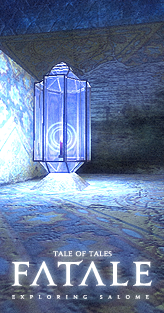
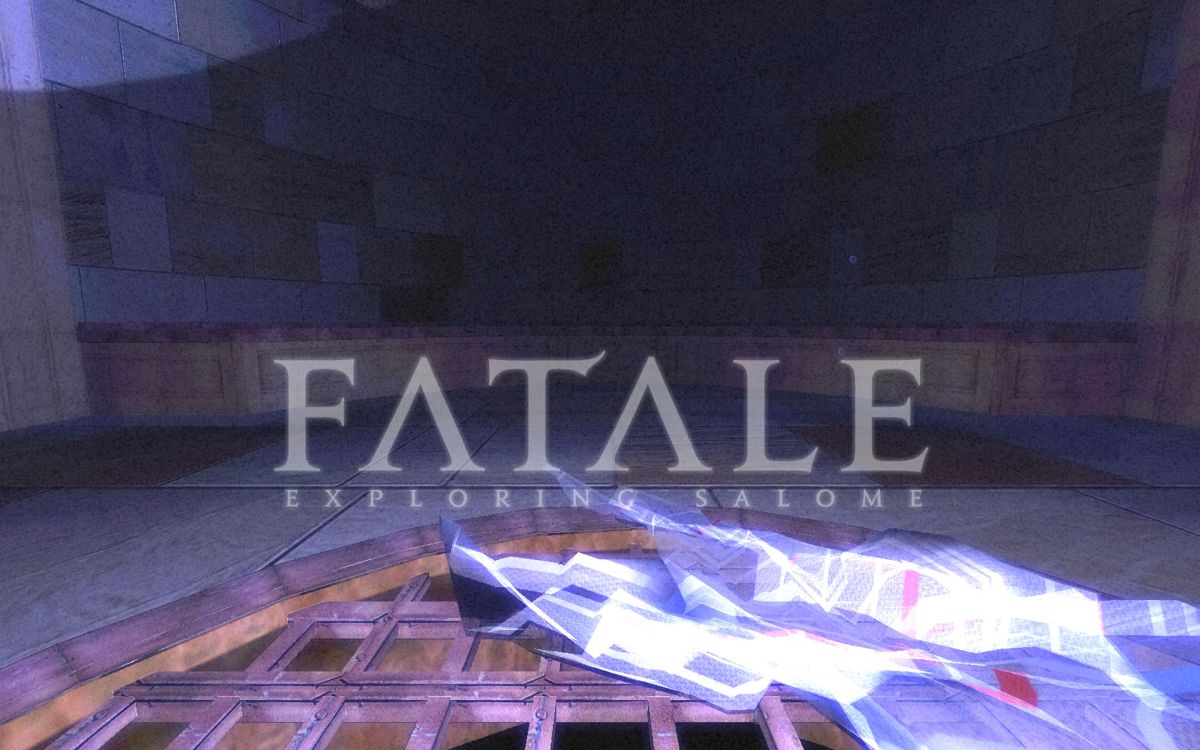
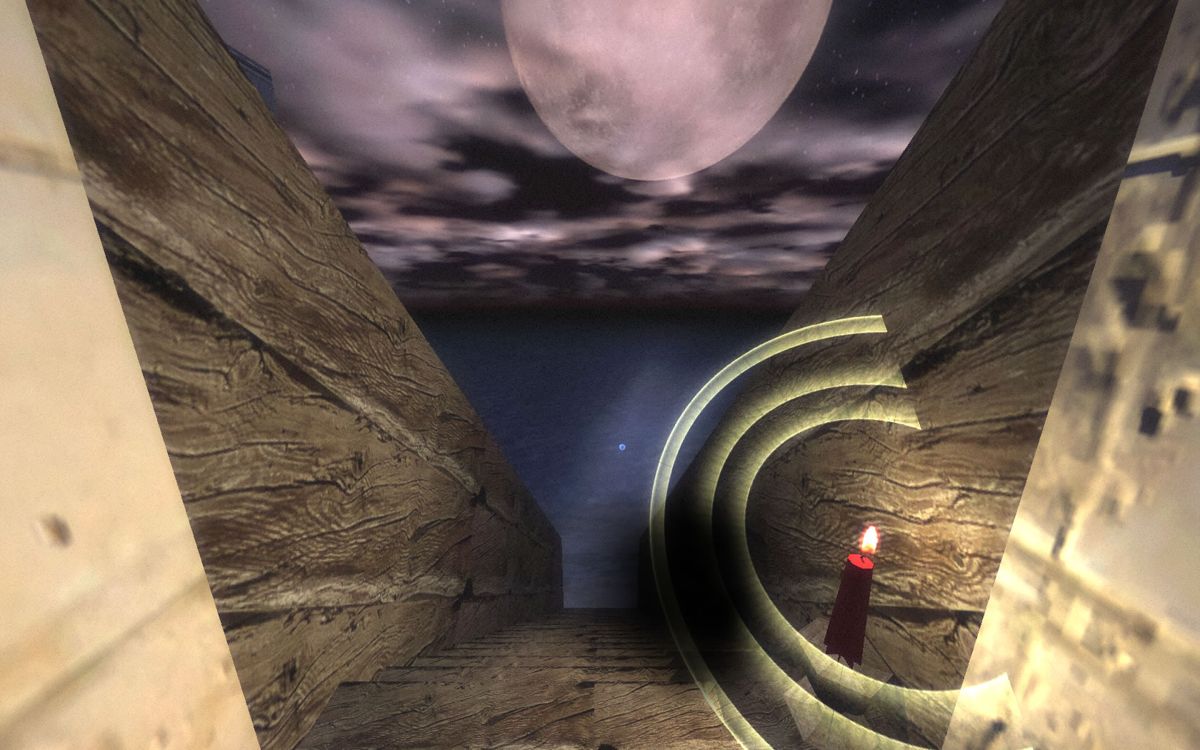
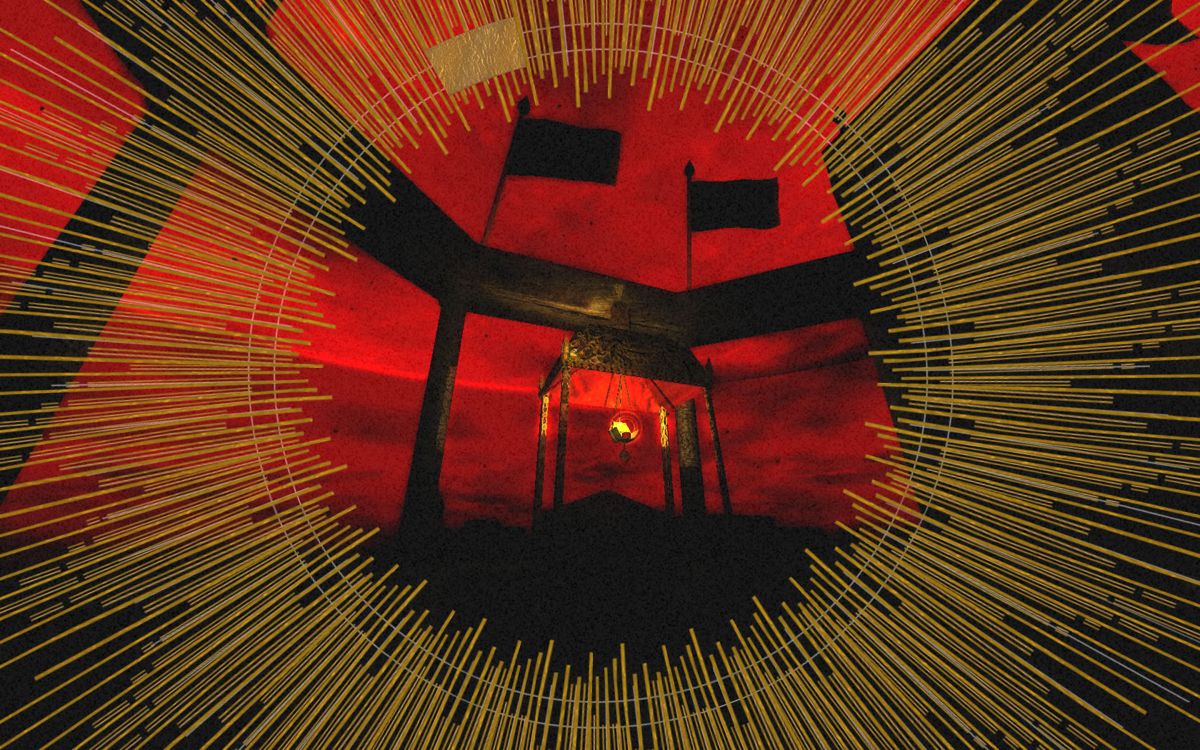
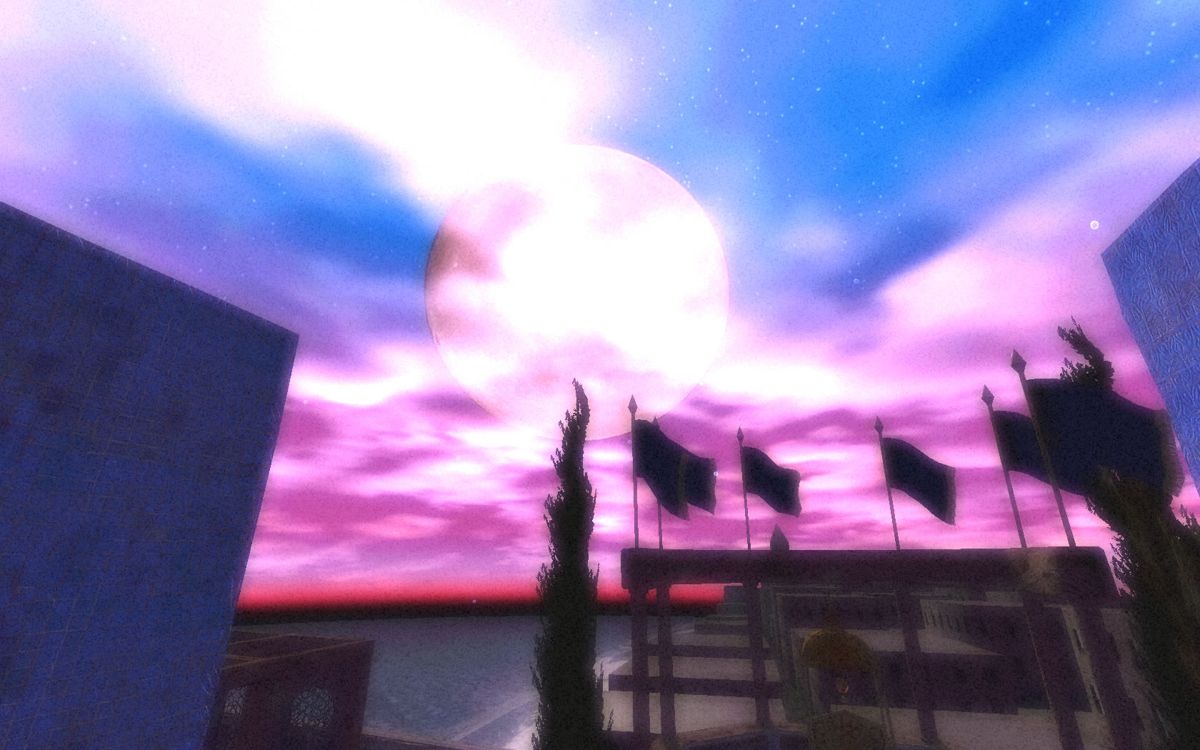
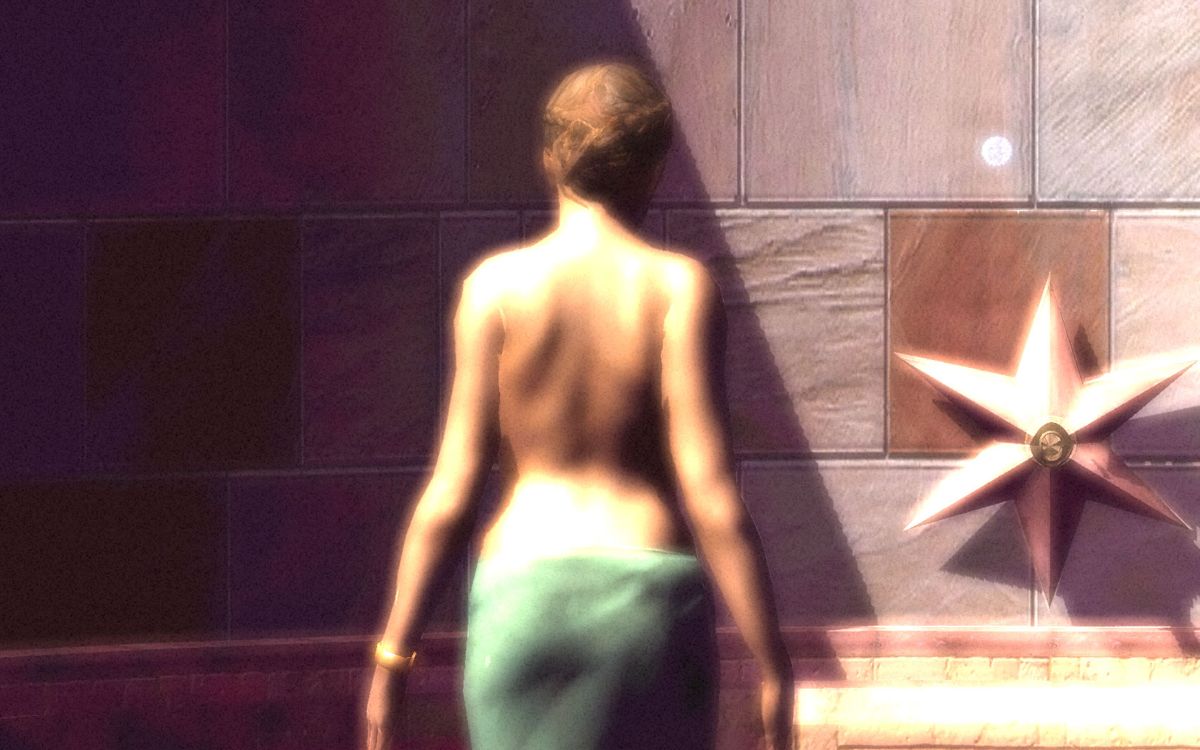



Reviews
There are no reviews yet.